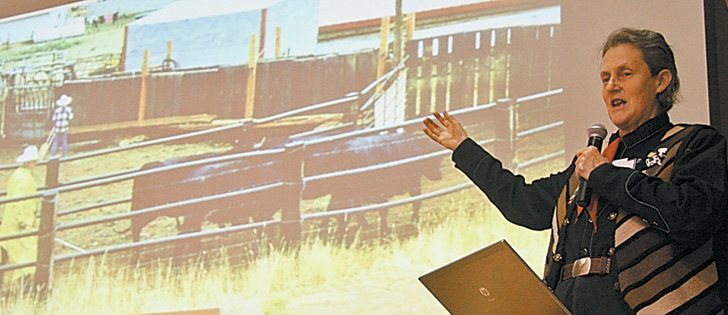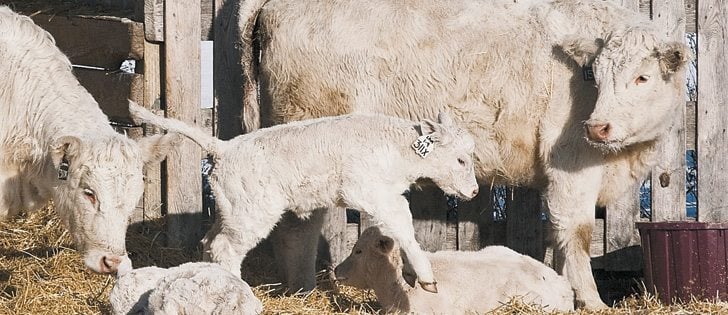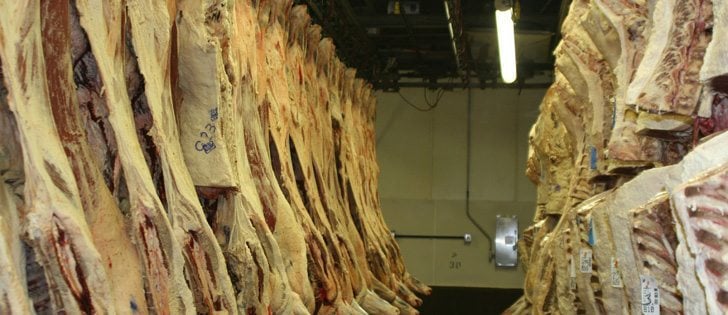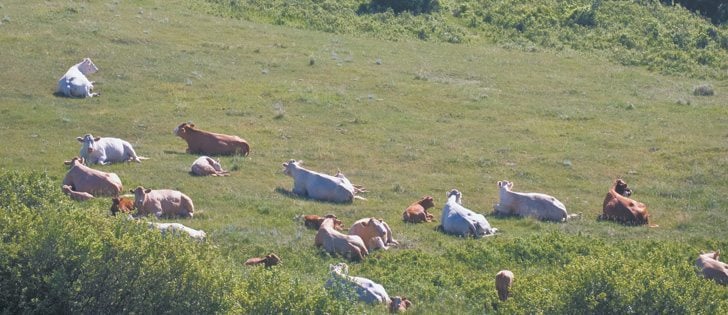Parasite control | Parasitologist says good pasture and animal management are also needed
An Alberta feedlot trial suggests common dewormers do not work as well as expected in some cases, but it doesn’t prove Western Canada has a problem with resistant parasites.
During the trial, researchers collected 1,100 fecal samples from cattle pens at three different times and recorded parasite egg numbers.
At the end of the trial, the tests showed an fecal egg reduction of 76 percent with the highest at more than 88 percent and the lowest at 59 percent.
Airdrie veterinarian Craig Dorin, who led the study, said that was unexpected.
Read Also

Feds propose overhaul of chronic wasting disease control program
Chronic Wasting disease control program getting updated by Canadian Food Inspection Agency with feedback encouraged from producers.
“Knowing that we need at least 90 percent fecal egg reduction to consider that product to be effective as far as controlling these parasites, we didn’t get control in any of the pens,” he said at the recent University of Calgary veterinary school’s beef symposium.
Dorin’s research found six groups of eggs in five grams of manure. The most common were trichostrongyle, trichuris and nematodirus as well as a few tapeworms.
The 2010 study looked at 2,285 yearling feedlot cattle. The animals received either an invermectin pour-on or a combination of invermectin with a suspension of fenbendazole (sold as Safe-Guard dewormer).
The cattle weighed 750 to 950 pounds so they could be slaughtered and examined at the same time.
Internal parasites can cause immuno-suppression so there were health problems in the test animals, but nothing significant.
Dorin said differences in weight gain and feed conversion among the groups were small, although there was an advantage among those given the combination product.
“When it came to performance levels, we didn’t see the results we expected to,” Dorin said.
“Logic would indicate more problems among those heavily infested, and that did appear to be the case.”
Worldwide, parasites showing resistance to a class of pharmaceuticals called anthelmintics is a problem but there is little information on Canadian cattle.
A study Dorin is participating in with scientists from Agriculture Canada in Lethbridge and the University of Calgary aims to develop molecular diagnostics and surveillance for cattle parasites in Western Canada. They want to know which parasites are present and what treatments control them to build Canadian information.
University of Calgary parasitologist John Gilleard said it’s a misconception that Western Canada has fewer parasites because of the cold, dry climate. Many parasites can survive the winter in host animals or survive in pastures under certain conditions.
It is also untrue that anthelmintic resistance is less likely here because fewer products are used compared to the southern United States. Fewer treatments do not equate to fewer resistance cases. Timing drug applications properly is more important, he said.
Parasites are traditionally de-tected by counting the eggs in a manure sample, but Gilleard said better diagnostic tools are needed to determine parasite burden and species diversity.
Parasitologist Lou Gasbarre, formerly at the U.S. Department of Agriculture and now working as a private consultant, has seen parasite populations change over the last decade.
“If you build (control) solely on drug control, you are going to fail. You need to go back to the dark ages and start talking about good management of both the animal populations and the pastures.”
Parasites can adapt quickly to control methods. They have high reproductive rates, and some can eventually kill their hosts.
Producers are advised to strategically time deworming applications. Parasite buildup may be prevented if animals are treated almost as soon as they get on the pastures.
“Use it at a time when the bulk of the parasites are in the host, not in the pastures.”
Producers must also continue to test manure for eggs after deworming.
“Don’t assume application of an anthelmintics has removed the worms. You really need to be testing behind yourselves,” Gasbarre said.
Combinations of products may be the way to go, rather than switching and rotating treatments.
- Ostertagia is a pathogenic brown worm for which animals have a hard time achieving immunity. Young animals may have profuse, watery and persistent diarrhea.
- Haemonchus-abomasum is usually a warmer weather parasite and less pathogenic in cattle than sheep and goats. Cattle can have good immunity to it. There may be little or no diarrhea but possibly intermittent periods of constipation. Anemia may occur.
- Oesophagostomum are free-living nodular worms found in the large intestine, which can cause significant health and productive issues. They release toxins causing more widespread effects than the worm itself. Condemnation of the gut is common because of nodules.
- Nematodirus is a common parasite in the small intestine. It is a common cold weather parasite and is pathogenic in young animals. Symptoms, which include diarrhea and anorexia, usually develop during the third week of infection before the worms are sexually mature.
- Trichostongylus-abomasum causes serious weight loss and poor growth when animals are heavily infected, especially if mixed with Ostertagia. Young animals are most susceptible, but infection also occurs in older animals. The adult may penetrate the lining of the abomasum, causing irritation. Wart-like swellings may occur in these areas and cause diarrhea and reduced appetite
- Dictyocaulus or lungworm causes an infection of the lower respiratory tract, usually resulting in bronchitis or pneumonia.















